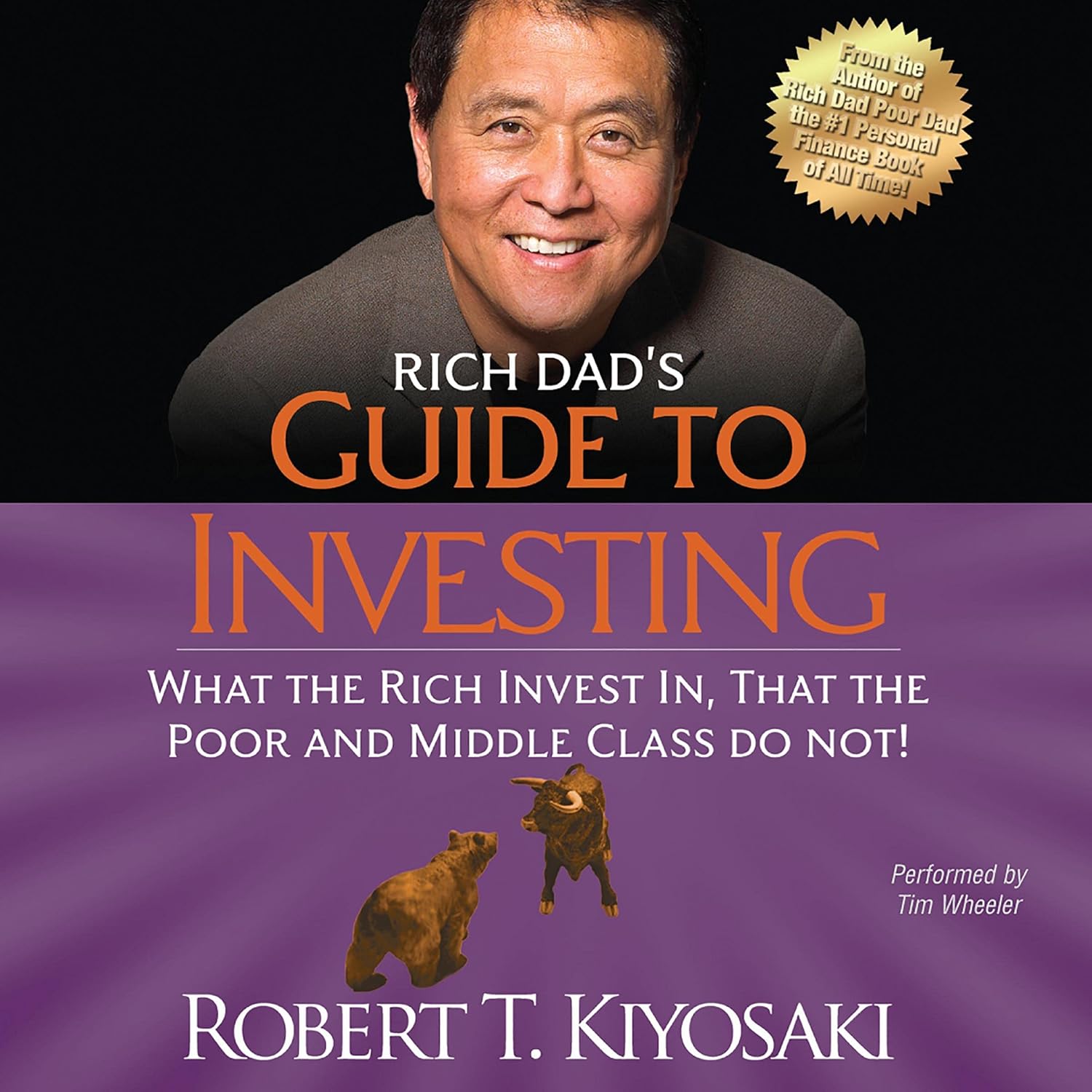I recently completed Rich Dad’s Guide to Investing by Robert Kiyosaki, a title I was eager to dive into because I’m always looking to enhance my understanding of financial literacy and investment strategies. Having read a handful of his prior works, I was particularly interested in how this book, being one of the core titles in the Rich Dad series, would further elaborate on the principles of investing that he has become known for.
The book opens with a focus on the differences between passive and active investing, a theme that resonates throughout the chapters. Kiyosaki emphasizes the importance of understanding how to convert earned income into passive income while introducing his readers to his “10 Investor Controls.” The real beauty of this book lies in its emphasis on the mindset required to become a successful investor. For anyone looking to grasp the fundamental rules of investing and to reduce risk, this book serves as a practical guide.
One of the key positives I found was the way Kiyosaki simplifies complex financial concepts, making them accessible to a wide range of readers—from novices to more seasoned investors. Many readers, like MISTER SJEM, echoed this sentiment, appreciating how the author shares his personal journey, including his failures, which in turn makes the principles he presents relatable and encouraging. It provides a sense of reality that many conventional investing books lack, and it’s refreshing to learn from someone who reflects on their mistakes openly.
Another aspect I absolutely appreciated was the depth of the material covered. As highlighted by Leo V, while the first half does revisit previous lessons from earlier books—the cash flow quadrants and the differences between assets and liabilities—the second half truly dives into how to invest intelligently. Kiyosaki provides readers with strategies to assess financial opportunities and cultivate a mindset geared towards financial freedom.
However, the book is not without its drawbacks. Several readers mentioned that the pacing was inconsistent, with some sections feeling repetitive—something I noticed myself. While reinforcing key concepts can be beneficial, there were moments when I felt that the message could have been delivered more succinctly. For example, while Kiyosaki’s discussions about mindset are crucial, I sometimes craved a tighter focus on new insights rather than reiteration of familiar ideas.
Another critique noted by some readers, including Tonya Steichen, is that the book might be too dense for minor investors or those just starting. While seasoned readers may find it rewarding, newcomers might feel overwhelmed by the breadth of financial concepts discussed.
Overall, I found Rich Dad’s Guide to Investing to be an enlightening read that met my expectations in terms of content and practical advice. Kiyosaki effectively delivers a wealth of knowledge that encourages active engagement in one’s financial journey. It’s evident why this book has garnered a high rating—4.5 stars overall—reflecting both its strengths and some of the criticisms it faces.
If you’re a reader seeking to not just manage but grow your finances, this book is definitely worth your time. It will inspire you to think differently about money and investments, helping you to identify possibilities that many overlook. Just keep in mind that patience is essential; embracing Kiyosaki’s ideas may take some time but is ultimately rewarding as you build your financial confidence. Go ahead and grab a copy; this could be the push you need on your path to financial freedom!








